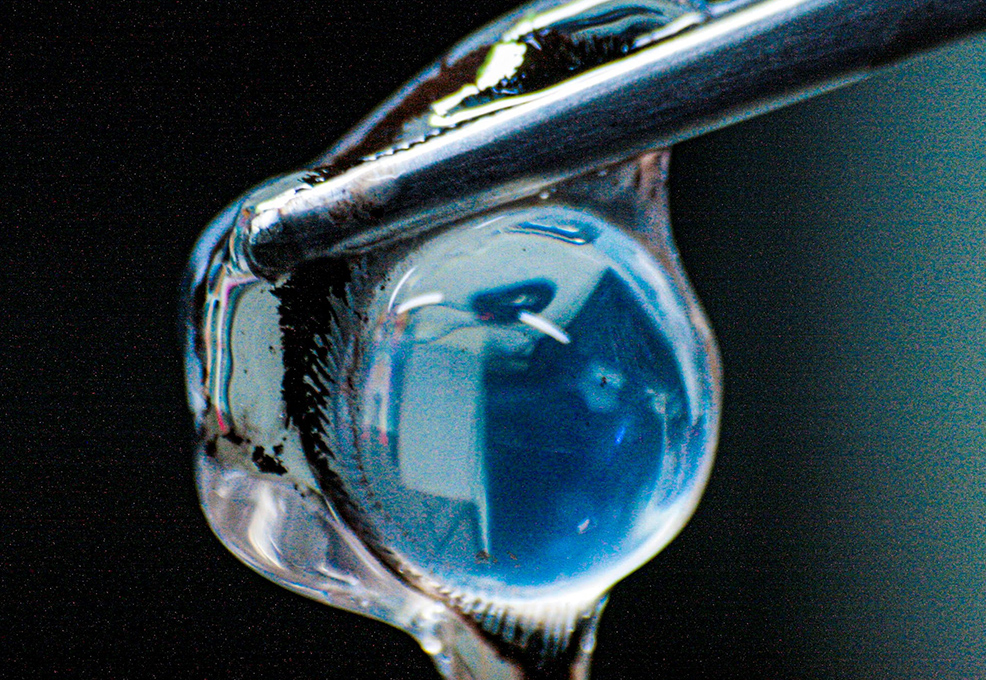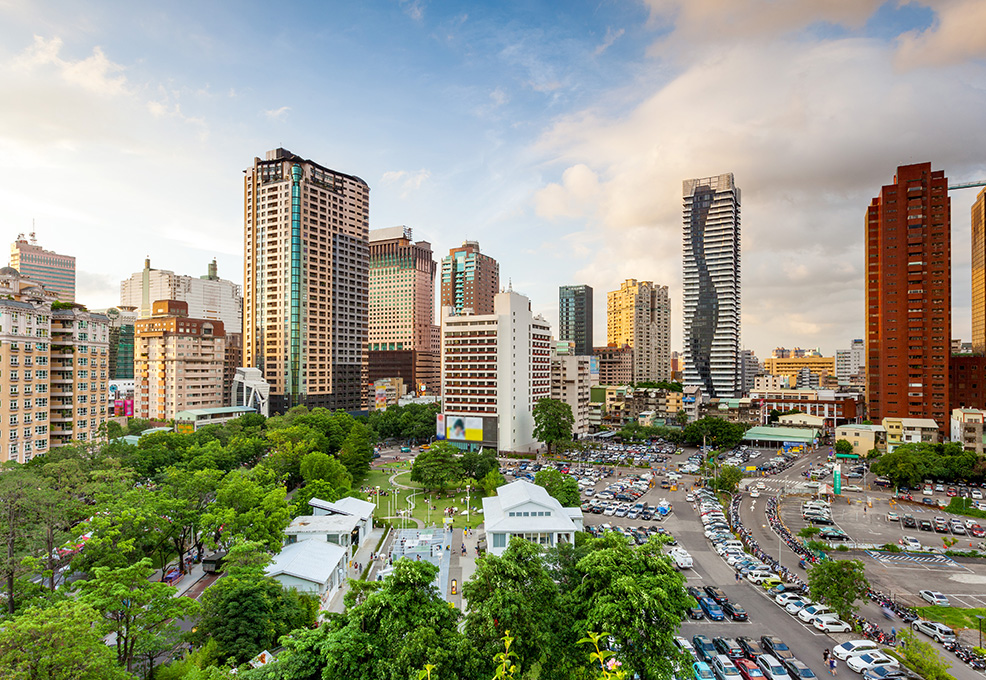Taichung City’s Regional Revitalization Creates a New Opportunity for Sustainable Development—How to "Let the Children Return...

Author(s)
Su-Ling YehBiography
Professor Su-Ling Yeh is a distinguished professor of psychology at National Taiwan University, a fellow of the American Psychological Science and the Center for Advanced Study in the Behavioral Sciences at Stanford. She serves as an associate director of the NTU Center for Artificial Intelligence and Advanced Robotics and is on the Editorial Board of Scientific Reports.
Academy/University/Organization
National Taiwan UniversitySource
https://doi.org/10.3389/fpsyg.2019.00497 https://doi.org/10.1038/s41598-018-29613-1 https://doi.org/10.1016/j.visres.2020.04.009-
TAGS
-
Share this article
You are free to share this article under the Attribution 4.0 International license
- HUMANITIES & SOCIAL SCIENCES
- Text & Image
- June 21,2020
People currently spend a considerable amount of time reading and browsing on electronic products like computers and cellphones, exposing us to high-energy blue light every day. There is no consensus, however, on whether or not exposure to blue light is beneficial: while some products offer options to filter out blue light, other companies encourage the use of blue light enriched LED lights in the office setting. It is commonly known that exposure to blue light can delay the time we feel drowsy at night, but the benefits of blue light exposure may not be as widely known. Recent animal studies suggest that the stimulation of a newly discovered photoreceptor, intrinsically photosensitive retinal ganglion cells (ipRGCs), activates brain regions related to eye movements, but it remains unclear whether and how blue light affects human mental processes. Our research team conducted a series of studies to explore the effects of blue light, and our results showed various effects of blue light stimulation on human perception and cognition: Blue light expands subjective time perception compared to red light and facilitates dynamic vision and eye movements, perhaps through ipRGCs and related neural mechanisms. However, it does not help with audio-visual integration; instead, red light would delay visual processing through inhibiting the magnocellular pathway so that a visual target would need to appear earlier than the sound to be perceived as simultaneous. This scientific evidence could be broadly applied to individuals’ choice regarding whether or not to use blue-light filters on electronic devices.
“Would you like to have blue light filter lenses for your glasses?” The increased use of electronic products such as smartphones, tablets and laptops, and the abundance of LED lights have caused the recent emergence of this question, resulting in studies into blue light exposure. With the discovery that blue light exposure can affect our circadian rhythms and delay the time we feel drowsy at night, this issue has become a health concern, and blue light filters have become widespread, like blue light filter glasses, night shift mode on Apple products, or software like f.lux (justgetflux.com), demonstrating people’s concerns about blue light exposure.
However, blue light exposure may also be beneficial in terms of cognitive performance. A lighting designer named Mark Hensman used blue light in a restaurant and found that customers became more active at night, after around 10 p.m., unlike in restaurants with more conventional long wavelength lighting. Collaborating with neuroscientist Russell Foster at the University of Oxford, this phenomenon was explained by the activation of a non-visual pathway that controls the internal clock and circadian rhythm by blue light. Some companies (e.g., Philip) use LED lights in their offices to increase work efficiency due to the activation of this pathway via blue light, and additionally to save energy. Blue light is all around us—should we wear blue light filtering glasses? Can blue light enhance certain aspects of human perception and cognition?
Our research team approached these questions by exploring aspects that blue light could potentially affect. Recent studies on a newly discovered photoreceptor sensitive to blue light, intrinsically photosensitive retinal ganglion cells (ipRGCs), showed that stimulation of ipRGCs activates brain regions related to eye movements, but the effects on human perception and cognition remain unclear. Providing empirical evidence of the effects of blue light on human perception and cognition is essential for daily life decisions as to whether or not to filter out blue light with glasses, personal electronic devices, or even public displays. Therefore, our team conducted a series of studies to explore potential blue light effects on human perception and cognition.
We analyzed data from individuals performing a variety of tasks under different levels of light and found beneficial effects of blue light. Our published studies (see the links) showed results on subjective time perception expansion, multisensory integration, and dynamic vision.
Since blue light has been shown to affect our circadian rhythms, which are regulated by a brain region that is also associated with time perception, we chose to investigate the effect of blue light on time perception. We investigated this with a task where individuals judged the duration of viewing a specific target while on different background colors. Results showed that individuals perceived a longer subjective duration while viewing the target on a blue background compared to on a red background. Furthermore, the follow-up experiment suggested that this was caused by increased stimulation of ipRGCs, which perhaps increased arousal or attention so as to expand subjective time perception.
We use dynamic vision all the time in our lives. When playing baseball, we judge the depth of the ball with respect to our position as the pitcher throws it; when pursuing an annoying mosquito, we need to use our abilities of eye pursuit to track the constantly moving small black speck; and when playing basketball, we look at the ball that is frequently being dribbled upwards and downwards. Our study showed that blue light enhanced dynamic visual accuracy for downwards motion when the task was difficult and increased eye pursuit accuracy, but lowered depth perception accuracy.
In addition to the effect of blue light, we also found that red light can affect our multisensory integration ability. When making coffee, only when you hear the sound of boiling water, smell the aroma of coffee, and see the beautiful dark brown color can you determine if this is a perfect cup of coffee. Multisensory integration is everywhere, and in our study, we found that different background colors can influence this ability. To investigate this, individuals performed a task where they saw a short flash of light, and then heard a beep before, at the same time, or after the flash. Their task was to judge whether or not the flash and beep occurred at the same time. We found that the visual target needed to appear earlier than the sound for them to be perceived as occurring simultaneously. This may result from the red background delaying visual processing by inhibiting the magnocellular pathway in the brain, influencing multisensory integration.
Overall, if you need the effects of blue light stated above, you may want to reconsider getting blue light filter glasses. If, however, you have trouble sleeping at night and do not have those needs, then it may be beneficial for you to filter out blue light.
STAY CONNECTED. SUBSCRIBE TO OUR NEWSLETTER.
Add your information below to receive daily updates.




